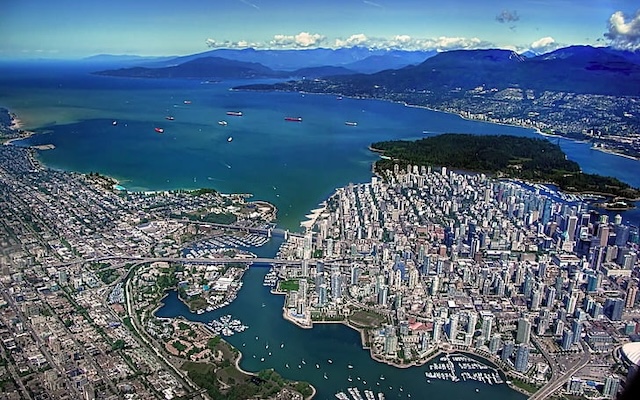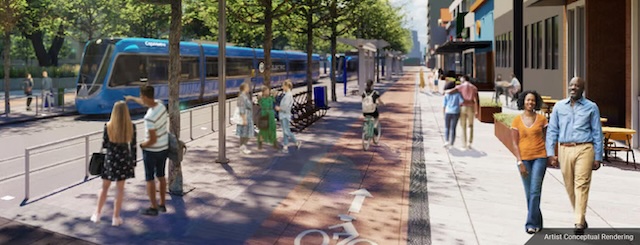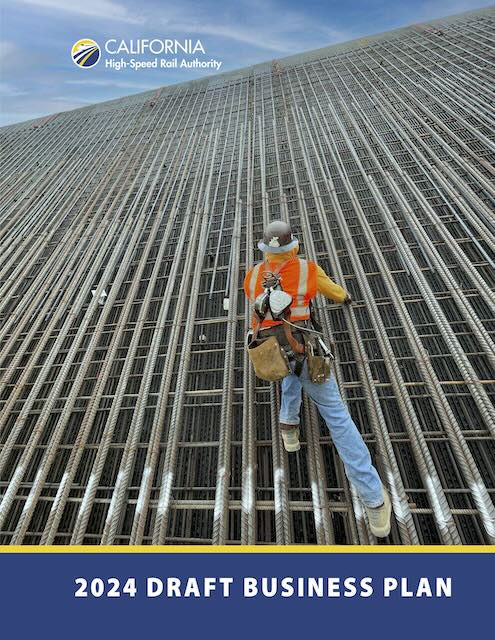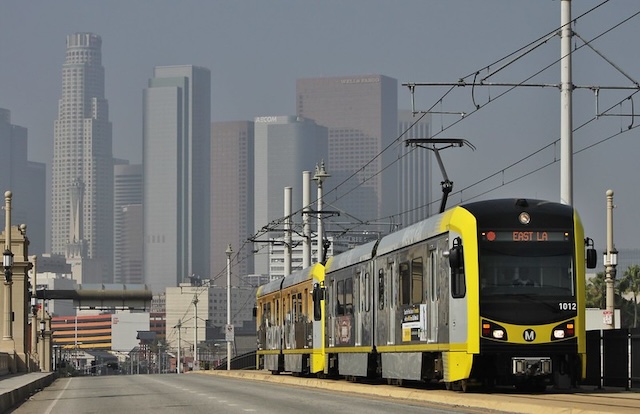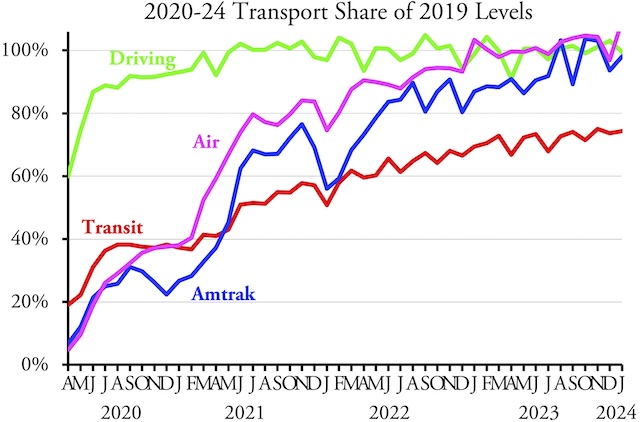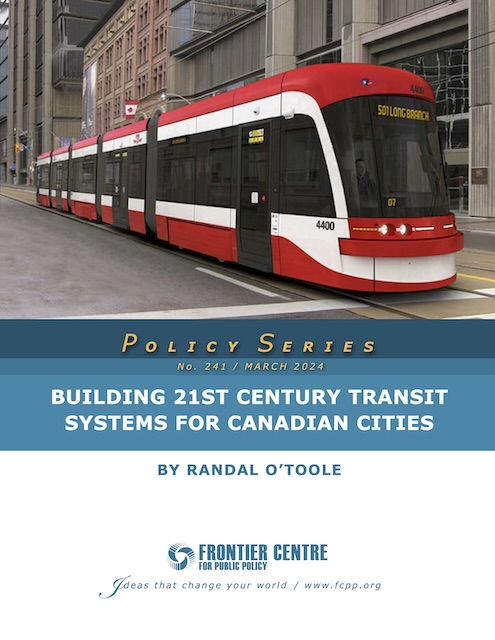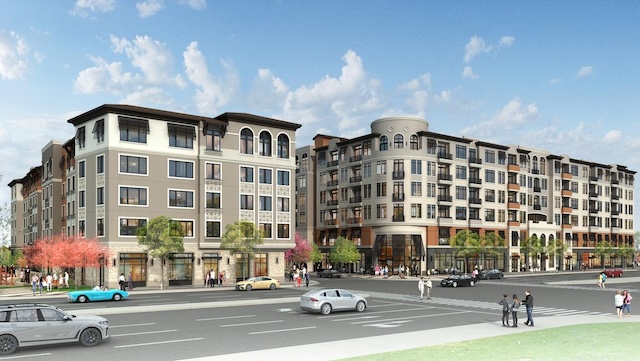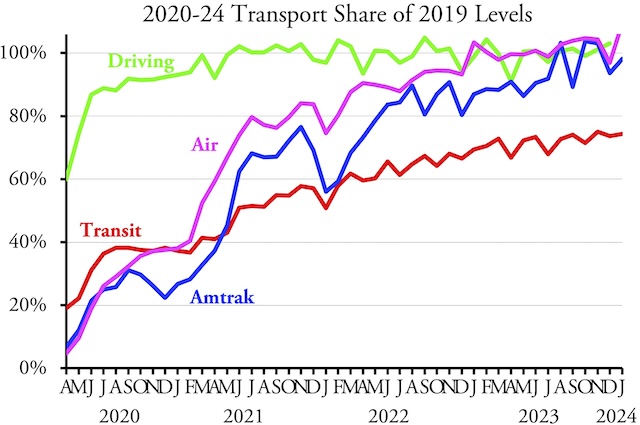The GPS company TomTom recently published its rankings of urban areas by the amount of congestion people face. Like many other congestion studies, the rankings estimate the amount of time the average motorist wastes during rush hour. But that may not be the best measure of mobility.
Is Vancouver the most congested urban area in the U.S. or Canada?
TomTom also listed the average speed of traffic in each city center and metro area, both during rush hours and over the course of a day (calculated using the number of minutes required to go six miles). The time wasted was calculated by measuring how much slower traffic was during rush hour compared with the rest of the day. Urban areas could reduce the hours of delay by increasing traffic speeds during rush hour. But they could also reduce the calculated hours of delay by reducing traffic speeds during non-rush-hour periods. Continue reading

